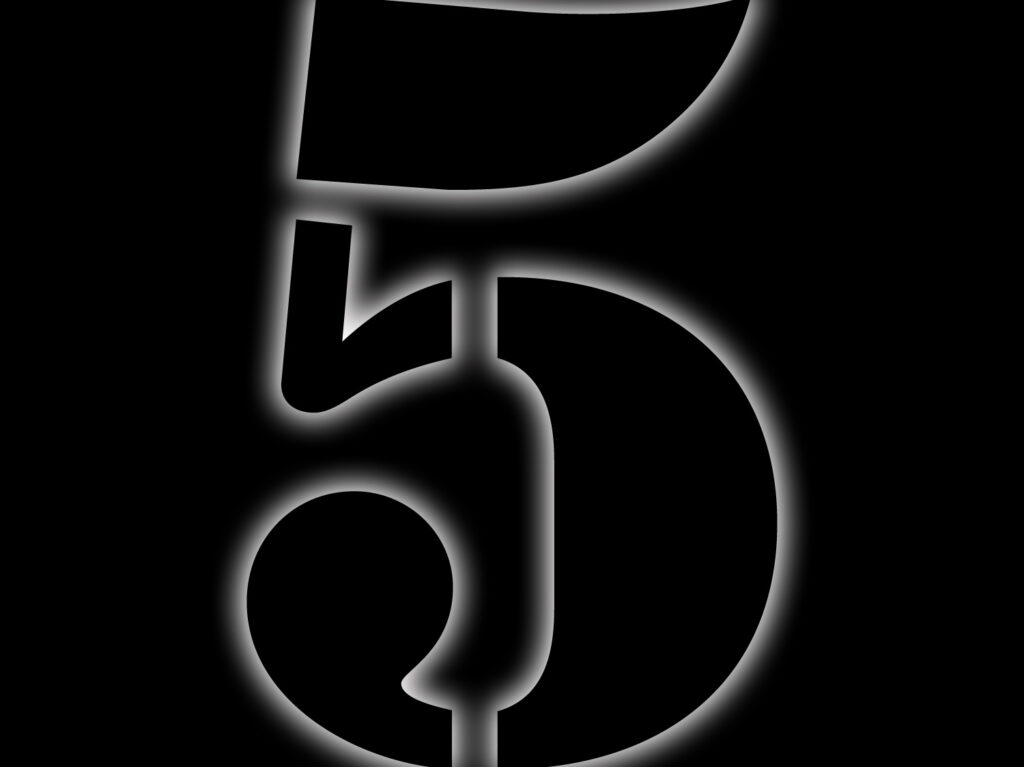Coming in at number five in our rundown of most popular Trainer's Tips: What is the best questionnaire to use to identify someone's learning style? Lots of trainers contributed their advice, on Honey and Mumford and other alternatives.
Clare Anderson advises:
If you haven't already discovered this you'll be battling against copyright issues with regards to finding an appropriate tool. Personally, I would recommend the Honey and Mumford Learning Styles questionnaire which can be found on Peter Honey's website. This has copyright issues but it would be worth spending a few quid just to complete it for your own personal development.
As a trainer being aware of your own preferences can ensure greater effort in trying to achieve a better balance with your training material. One thing you may wish to try (which may get around some copyright issues) would be individual learning preferences through the representational systems. Better known as visual (seeing), auditory (listening) and kinesthetic (feeling) preferences people can also learn by using these preferences and tend to be more inclined towards one of the three. There are two further preferences - smelling and tasting - which are not often refered to but they are recognised preferences. Also known in the world of NLP as the sub-modalities. There's stacks of info on learning using these preferences which might suit your needs.
Graham Price adds:
I agree with the previous reply and would advocate the use of Honey and Mumford Learning Styles.
An additional option is Multiple Intelligences developed by Dr Howard Gardner of Harvard University.
Andrew Miller joins in:
The Honey and Mumford questionnaire was developed from work done by Kolb. If you look at the resources section on Trainerbase you will find a Kolb Learning Style Questionnaire. This has been checked against the Honey and Mumford version and the accuracy is about 95% or so.
The resources can be found more easily if you look for my profile and then look at my resource section.
Graham O'Connell replies:
My answer will depend on how you want to use the questionaire. If you want a good medium to discuss the issues of how different people learn - something indicative rather than diagnostic – then I would endorse others' views. The Honey and Mumford questionnaire is easy to use and, in my view, is an excellent tool to introduce someone to the topic.
Some academics argue that most learning style profiles are not as robust as they might be. There is a good critical review of learning styles here. In this review the Cognitive Styles Index appears to come out strongest. The research is pretty good but, like most research, it seems to focus on validity rather than utility. In other words, insufficient account is given to how a tool is most commonly used and how valuable it can be if it is used appropriately.
Sheridan Webb has the last word:
I have to agree that Honey and Mumford's questionnaire is hard to beat. However, for an alternative approach, why not consider multiple intelligences, as devised by Howard Gardener? Not strictly about learning styles, but it can help to understand why people are good at, and find it easier to, master certain things or in a certain way.
Also, there is the NLP based 'VAKOG' model, which is also sometimes used in relation to learning.
If you visit www.businessballs.com, you will find information and free tests on both of these theories.
View the original posting:
See more Trainer's tips









